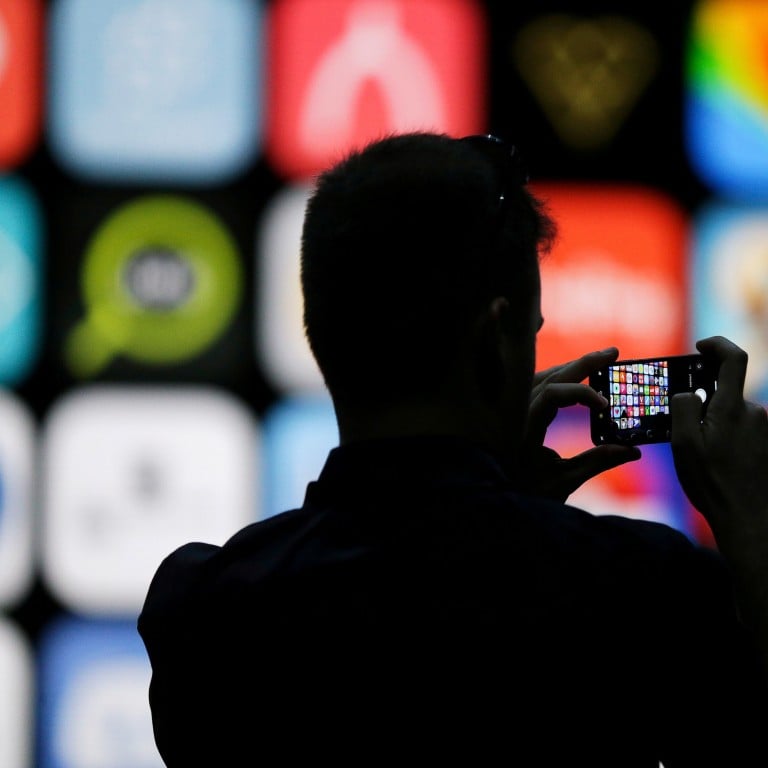It’s home to tech giants Facebook, Apple and Google, but where in the US is Silicon Valley, who are its richest billionaires – and why are so many people on a diet?

Stomping ground for tech billionaires Mark Zuckerberg, Google co-founders Larry Page and Sergey Brin and Tesla’s Elon Musk, we sift fact from fiction about Silicon Valley
Silicon Valley has become much more than simply a nickname for a Northern California region. It's come to represent the rise of the internet, the pioneering of new technology and the American dream come true, all thanks to tech money.
This is the birthplace of Goliath tech companies like Facebook, Google, and Apple, whose social networks, search engines, email services, and smartphones and computers now run our lives – and those are just some of the more recent innovators to have been born here. Hundreds of start-ups plant themselves here hoping to follow in their footsteps. The region has inspired other parts of the world with budding tech cities receiving spin off nicknames, like Silicon Hills for Austin, Texas, or Silicon Prairie for the Midwest. And an HBO series was even developed based on the culture and inner workings of the region and its workers. It was widely dubbed an accurate portrayal of the Valley.

All of this sounds nice and good, but it can be difficult to wade through all of the hype and get a grip on some of the most basic facts about the region. So we used Google's autocomplete search tool to sift through what people are searching the internet about the Valley.
Here are answers to eight of the internet's questions about Silicon Valley, from what the name means to who the Valley's billionaires are and why they're … starving themselves?
What does Silicon Valley mean?

First off, “Silicon” (not to be confused with silicone, the rubberlike plastic material) is an inexpensive chemical substance that possesses semiconducting qualities, making it the ideal element to use in computer chips. The silicon chip was first created back in the mid-20th century when the semiconductor industry was standing up. Silicon is still used today to create chips that breathe life into our smartphones, computers, tablets, and many of our devices.
Now for the “Valley” part.